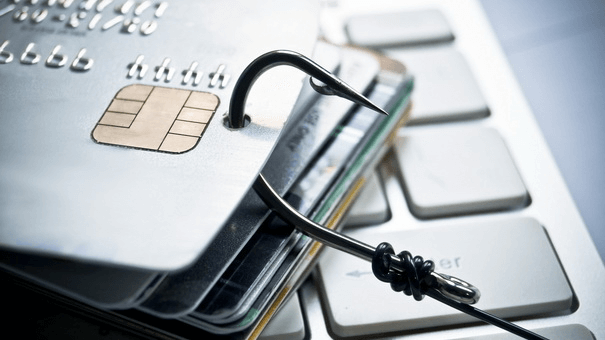
Now that China’s relationship with other countries in the world is constantly strengthening, many people have the opportunity to travel overseas or even study abroad. For these people, it is imperative to get an overseas bank card, but many of them are suffering from not knowing how to apply for it. So I will propose a few ways below, and I hope they can help you.
Route 1: Apply at domestic offices
The first step is to apply for an appointment with the bank in advance. You can apply for a bank card on the official website or at the bank’s branch in China.
In the second step, after the application is approved, you will receive a card application form. After filling out the form, prepare the documents according to the specified time and date, and then review them.

The third step is that if the review is successfully passed, the bank staff will take the initiative to contact and ask you some questions, such as the reason for applying for the card, the purpose of using the card, the amount of recharge, etc. After comprehensive assessment, an appropriate account will be selected and opened.
The fourth step is to follow the instructions of the staff. After completing the account opening process, wait patiently for the bank card to be issued. Generally, it will be mailed, so be sure to ensure that your contact is unblocked.
Route 2: Apply in Hong Kong
As China’s largest offshore financial port, Hong Kong shoulders the mission of a global financial center. So Hong Kong accounts are also a type of overseas account, commonly known as Hong Kong cards.

You need to go to Hong Kong to apply in person. If possible, you can take a trip to Hong Kong as a tourist.
The first step is to apply for an appointment with the bank in advance.
The second step is to bring all the information to the bank manager to check the account opening matters. Documents are not limited to ID cards, passports or Hong Kong and Macau passes, customs clearance receipts, utility bills and other documents that can prove your identity.

In the third step, some accounts can be immediately deregistered, but some accounts need to be reviewed layer by layer. Some bank managers need to know your personal information in detail before they can log in, which is what we often call the KYC (know your customer) process.
The fourth step is that after the information is approved, follow the instructions of the staff to activate the deposit.




